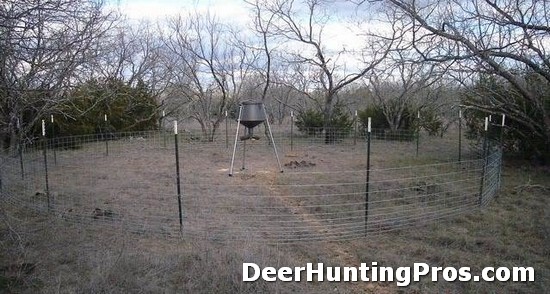Spring is just about over and summer is just around the corner, so most hunters already have their spring food plots in the ground and growing. Of course, this year has been a year of extremes for deer managers. Some parts of the white-tailed deer’s range are under severe drought while others are under 15 feet of water. Food plots have a hard go at it under either of these extremes, so hopefully your property is somewhere in the middle. Here is a question I received recently:
“Would you recommend planting Lespedeza striata in wildlife openings for deer as a forage and attractant? I am in a mountainous part of southeast Oklahoma and the soils are acidic. It is not practical for me to lime it all. I’m told this Lespedeza will grow well under these conditions, but would you consider this a high quality food plot for deer?” Continue reading Food Plot for Whitetail Deer in Oklahoma
